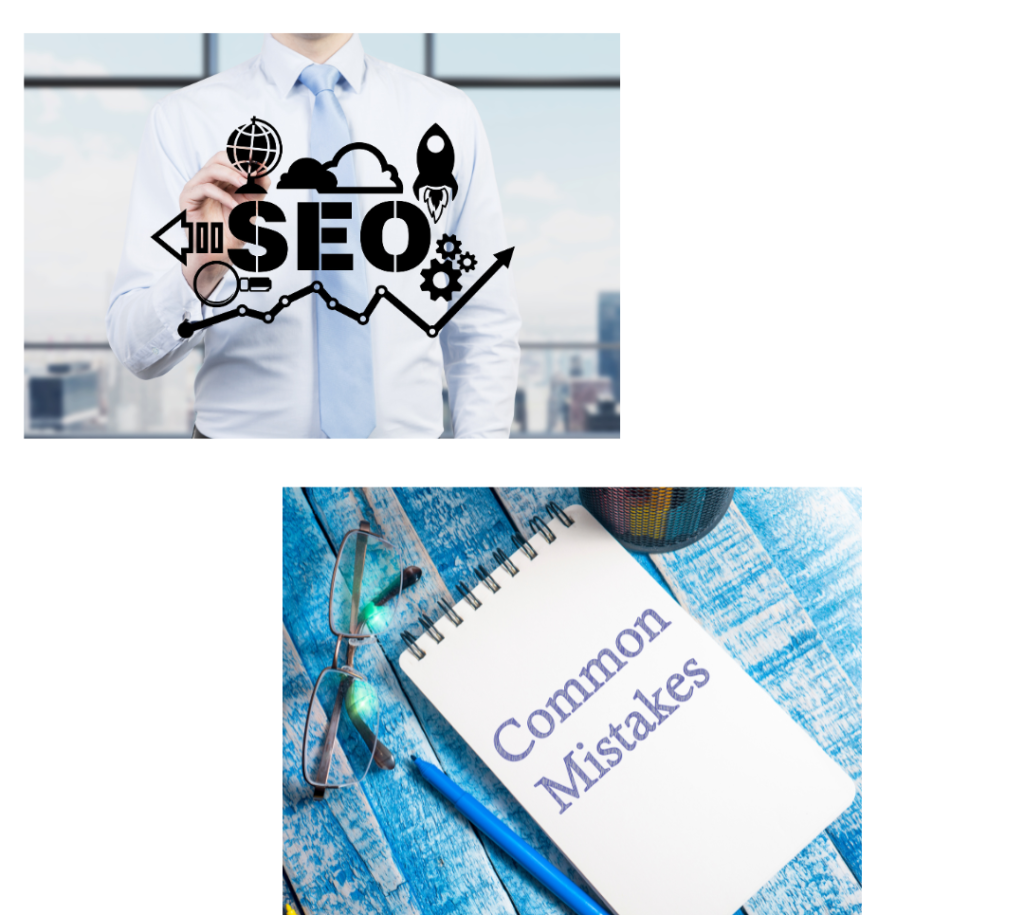—In today’s digital world, having a website isn’t enough for any business, brand, or individual. To attract organic traffic and grow your business your website must be SEO-friendly and optimized for both users and search engines. This is where SEO-friendly web design comes in. By integrating SEO principles into your web design, you ensure that search engines can easily crawl, index, and rank your site, while simultaneously providing users an exceptional experience.
In this blog post, we’ll dive into the importance of SEO-friendly web design and provide actionable tips to help you avoid common pitfalls, improve user experience, and increase your search engine rankings.

What is SEO-Friendly Web Design?
SEO-friendly web design means designing a website that is built with a focus on both user experience (UX) and search engine optimization (SEO). SEO-friendly web design that users can easily navigate your site, find relevant information, and have an engaging, seamless experience. In other words, it’s about designing your site in a way that makes it easy for search engines to index and rank your content and also makes it easy and enjoyable for users to navigate.
Why Does It Matter?
Think of it this way: You’ve built a gorgeous website, but if no one can find it, what’s the point? SEO ensures that your site is visible on Google’s first page, where 75% of users click! That means more traffic, more leads, and more business.
Key Elements of SEO-Friendly Web Design
To ensure that your website is optimized for both users and search engines, here are some important elements to focus on :
1. Responsive Design for Mobile Optimization
What it is: A responsive website design ensures that your site automatically adjusts to different screen sizes, from desktop to tablet to mobile. Why it matters: With mobile-first indexing, Google prioritizes the mobile version of your website for ranking. A mobile-friendly website is essential for higher rankings and better user engagement. SEO Tip: Use flexible layouts, scalable images, and media queries to ensure your site performs well on any device, improving mobile SEO.
2. Fast Load Page Speed for Better Rankings
What it is: Page speed refers to how fast your website’s content loads. Why it matters: Google considers page speed a ranking factor. Slow websites lead to high bounce rates which impacting negatively on your rankings and user experience. SEO Tip: Optimize images, minify CSS, and JavaScript, and enable browser caching to reduce load times and improve page speed for better SEO performance.
3. Navigating Easily to Reduce Bounce Rates
What it is: Easy-to-understand navigation helps users find information quickly. Why it matters: Clear website navigation enhances user experience and search engine crawling, it helps both users and search engines can easy to find important content. SEO Tip: Use descriptive headings, organized menus, and an intuitive structure to make your website easy to navigate and improve your SEO ranking.
4. Optimized Content for Higher Search Visibility
What it is: Content that is relevant, well-structured, and optimized with keywords for both users and search engines. Why it matters: Optimized content helps your website rank for targeted keywords and makes it easier for potential visitors to find your site. SEO Tip: Use targeted keywords naturally within titles, meta descriptions, headings, and body content to boost your website’s on-page SEO.
5. SEO-Friendly URL‘s
What it is: Clean, descriptive URLs that include relevant keywords. Why it matters: Well-structured URLs provide context to both users and search engines. Google uses URLs as part of its ranking algorithm. SEO Tip: Ensure URLs are short and descriptive, and include relevant keywords separated by hyphens for better SEO ranking.
6. Clear Calls-to-Action (CTAs) for Increased Conversions

What it is: Actionable buttons or links that prompt users to take desired actions, such as sign up or learn more. Why it matters: A clear call-to-action (CTA) directs visitors towards conversions, helping to boost conversion rates. SEO Tip: Use contrasting colors, strategic placement, and action-driven text to make your CTAs stand out.
7. HTTPS for Secure Browsing and Better Rankings
What it is: HTTPS is the secure version of HTTP, encrypting the data exchanged between users and your server. Why it matters: Google prioritizes HTTPS as a ranking signal. Secure websites inspire trust in users and can improve your SEO performance. SEO Tip: Install an SSL certificate to make your website secure (HTTPS) and improve SEO rankings.
8. Structured Data (Schema Markup) for Rich Snippets
What it is: Schema markup is code that helps search engines to understand the content of your site and enabling rich snippets in search results. Why it matters: Structured data enhances your website’s visibility in search results by displaying additional information like star ratings, product prices, or event details. SEO Tip: Implement schema markup for articles, products, and events to improve your SEO visibility.
9. Alt Text for Images to Improve Image SEO
What it is: Alt text describes an image, helping search engines understand its content. Why it matters: Alt text improves image SEO by making your images discoverable in search engines and improving accessibility. SEO Tip: Use descriptive, keyword-rich alt text for all images to boost image search rankings.
10. Internal Linking to Boost Site Structure
What it is: Internal links connect various pages on your site, helping users and search engines to find related content. Why it matters: A strong internal linking structure improves SEO rankings by distributing link equity across your site and makes navigation easier for users. SEO Tip: Use relevant anchor text for internal links to create a well-organized site structure, improving SEO authority.
Common SEO Mistakes to Avoid :

1. Keyword Stuffing
Mistake: Overusing keywords unnaturally within content.Solution: Use keywords sparingly and naturally which ensure content remains user-focused & readable.
2. Ignoring Mobile Optimization
Mistake: Designing only for desktop users.Solution: Implement a mobile-first design to ensure a responsive experience on smartphones and tablets.
3. Overlooking Page Speed
Mistake: Avoid to optimize for faster load times. Solution: Regularly test and optimize your page speed by compressing images, minifying code, and reducing server response times.
4. Not Updating Content Regularly
Mistake: Letting your content become outdated. Solution: Refresh old content, add new relevant information, and stay up to date with the latest SEO trends to maintain ranking and traffic.
The Future of SEO-Friendly Design 🔮
AI and voice search are becoming more and more common, and SEO is always changing. 🚀 Staying ahead of the curve and ranking higher for years to come is possible if you keep your website SEO-friendly!


